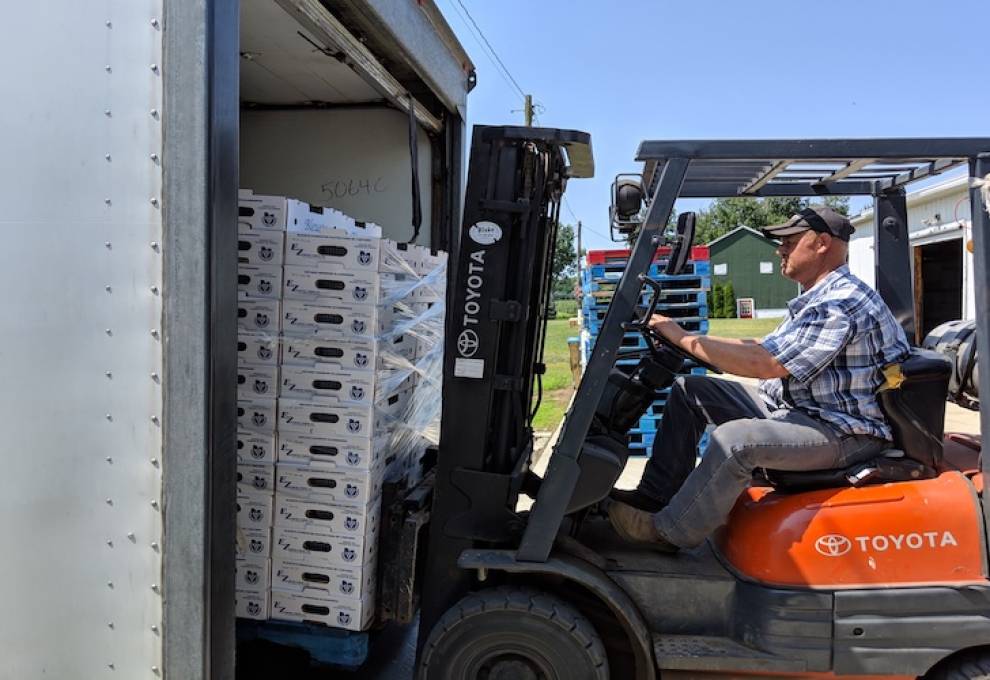
There have been so many changes for producers in 2020; it is a real challenge to find the time to focus on your costs, your selling price and your customers. You have had to manage inconsistent supply of inputs, labour disruptions and challenging weather just to get products produced and delivered to your customers. One of the realities of the food industry is in a year like this it is more important than ever to focus on the numbers and your customers.
There is no doubt your customers were more focused on their in-stock position than they have been for a long time. Consumers want to visit stores where there is inventory and in many categories demand was high. Service level has been critical, however you need to understand what it is costing you to produce all these cases you are moving.
Challenge the financial part of your business to compare costs in 2020 to previous years. You need this information to have fact-based conversations with your customers. Many things have changed in 2020 and retailers are experiencing this in their operations as well. Focus on the facts. For example, if your productivity decreased 10 per cent due to public health guidelines and average hourly rates increased four per cent, your cost of goods changed. You can focus on percentages without sharing too many details.
The cost of doing business with each retailer can change and you need to understand these. If possible, review your margin by customer to assess where you need to find opportunities.
Remember your customers will also be watching inputs such as fuel that might be down year over year. There are many other changes to cost of goods in 2020. Retailers should understand this is a challenging year. The market has been volatile and you should understand the positive and negative fluctuations to your cost of goods.
Manage your selling price
You should stay closer to market pricing than ever, as fluctuations seem to happen quicker. This pandemic is impacting almost every country in the world; supply can be interrupted, which impacts pricing.
Unfortunately, your selling price does not always have a direct correlation to your cost of goods. When you see your costs changing you have to be proactive with your customers. You might not always get what you want the first time, but you have to stay focused on where you need to be.
You should consider adding a comment about cost of goods in any communication you have. This does not have to be a cost increase but you are sending a message it will have to change.
Manage your customers
Communication during challenging times is more valuable than when everything is working well. This is the best time to build relationships. When you deliver solutions they will remember.
Whenever possible be proactive and communicate with your customers about changes before they need to happen. The best price change is when your customer already understands it and accepts it. That happens when you communicate what is happening in your business and tell them you anticipate packaging to be up a certain percentage or the fact you had to quarantine your entire workforce of temporary foreign workers. When you understand your cost of goods you are in a better position to manage your selling price.
Communicate about more than price. Share your service level results, upcoming marketing programs to continue sales initiatives. Illustrate to them you are being proactive and focused on driving sales in their stores.
Generate the return for your hard work
When you manage your costs, you can manage your selling price better and incorporate that into managing your customers. 2020 has been a challenging year on many fronts. Make sure you divide your focus across your business to get the job done in producing great products to sell and selling the great products you produce.
If you would like some help to manage your customers please give me a call at (902) 489-2900 or send me an email at peter@skufood.com.
WHAT’S IN STORE?
Plant-based milk alternatives in the baking aisle
Consumers are changing. In the photo, here is a four-foot section of plant-based milk right in the middle of the baking aisle. In the past, canned milk was a fixture in the baking aisle and it is still there but likely it does not have as much space as it used to. These products were perceived to be ‘specialty items’ and merchandised in the natural food section.
Now, we see them in the grocery department. Retailers are very territorial about their space so there must be significant sales to double merchandise the items.

Add new comment